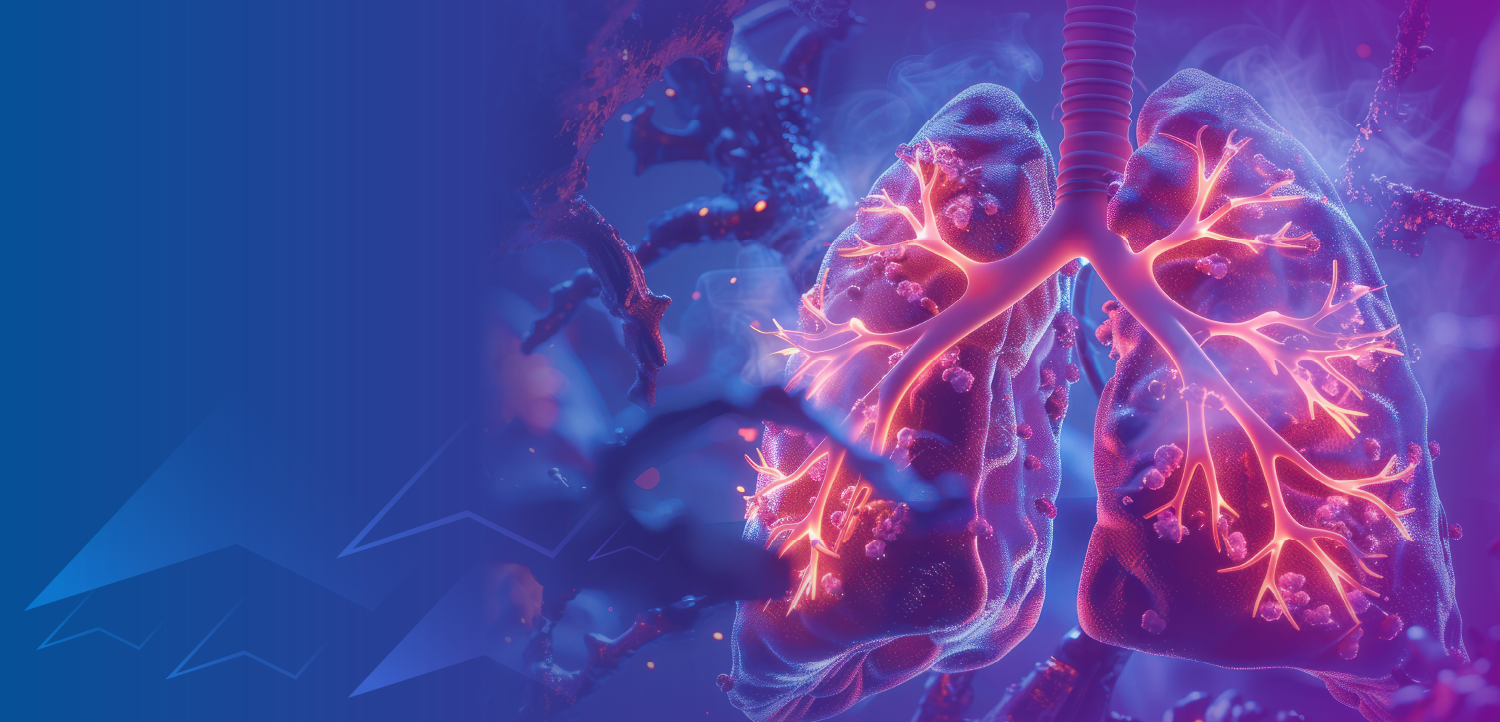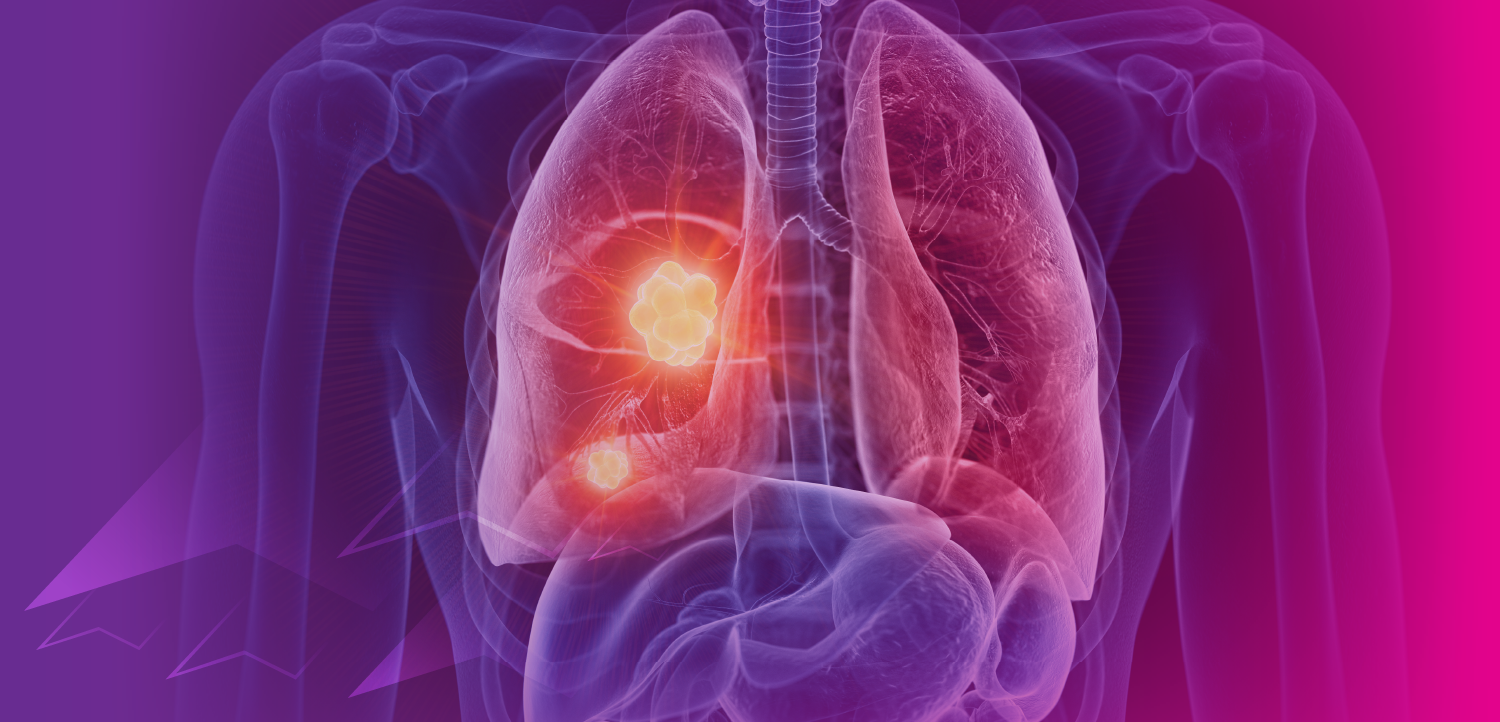Complete Fistula of Third Branchial Cleft
Case History: 75-year-old male presents with complaint of mucus discharge from external opening on skin at anterior aspect of mid part of neck on the left side.
Case History: A 75-year-old male presented with complaint of mucus discharge from an external opening on skin at anterior aspect of mid part of neck on left side. No history of trauma or surgery and unremarkable family history. Upon examination, there was an external opening on skin at anterior aspect of mid part of neck on the left side. Naked eye examination of the oropharynx did not reveal any visible opening at posterior to tonsillar pillar.
The patient was subjected to radiologic investigations. A fistulogram was performed but did not reveal internal opening. Further, on contrast CT, observed an elongated fusiform-shaped approximately 8-10 cm long, well-defined, smoothly marginated thin-walled, peripherally rim enhancing cystic lesion extending from the anterior surface of the mid part of the neck on the left side up to lateral wall of hypopharynx at the hypoid bone level. It had an external opening on the anterior surface of the mid part of the neck on the left side (Figure 1A). It lies anterior to carotid vessels and lateral to thyrohyoid membrane and antero-medial to sternocleidomastoid muscle (Figure 1B). Cranially, it terminated in the lateral wall of left pyriform fossa at hyoid level. It did not open into posterior to tonsillar pillar, so it ruled out second branchial fistula (Figure 2–4). On the basis of these radiological findings, final diagnosis was made of complete fistula of third branchial cleft. The patient was operated on and complete excision of the cord-like fistulous tract was done, which followed up to the lateral wall of left pyriform fossa. The excised tract measured 9 cm in length. It was found to lie over the carotid sheath and was not going up to tonsillar pillar or in between the internal and external carotid arteries, so it ruled out second branchial cleft fistula which is most common in literature (Figure 5).
[[{"type":"media","view_mode":"media_crop","fid":"27167","attributes":{"alt":"","class":"media-image","id":"media_crop_9008139878511","media_crop_h":"0","media_crop_image_style":"-1","media_crop_instance":"2612","media_crop_rotate":"0","media_crop_scale_h":"0","media_crop_scale_w":"0","media_crop_w":"0","media_crop_x":"0","media_crop_y":"0","title":" ","typeof":"foaf:Image"}}]]
Figure 1. Contrast CT axial images at thyroid gland level (A) show external opening of cystic lesion in anterior surface of the mid part of the neck on the left side (small arrow). In B, at thyroid cartilage level, the cystic lesion (large arrow) lies anterior to carotid vessels and lateral to thyrohyoid membrane and antero-medial to sternocleidomastoid muscle.
[[{"type":"media","view_mode":"media_crop","fid":"27168","attributes":{"alt":"","class":"media-image","id":"media_crop_3079179061636","media_crop_h":"0","media_crop_image_style":"-1","media_crop_instance":"2613","media_crop_rotate":"0","media_crop_scale_h":"0","media_crop_scale_w":"0","media_crop_w":"0","media_crop_x":"0","media_crop_y":"0","title":" ","typeof":"foaf:Image"}}]]
Figure 2. Contrast CT axial images of upper neck at hyoid bone level show a well-defined smoothly marginated peripherally rim enhancing cystic lesion (large arrow in A) opens in to lateral wall of left pyriform fossa (B, small arrow). It does not open into posterior to tonsillar pillar, so it ruled out possibility of second branchial cleft fistula.
[[{"type":"media","view_mode":"media_crop","fid":"27169","attributes":{"alt":"","class":"media-image","id":"media_crop_8657729676314","media_crop_h":"0","media_crop_image_style":"-1","media_crop_instance":"2614","media_crop_rotate":"0","media_crop_scale_h":"0","media_crop_scale_w":"0","media_crop_w":"0","media_crop_x":"0","media_crop_y":"0","title":" ","typeof":"foaf:Image"}}]]
Figure 3. Contrast CT sagittal images of the neck show an elongated fusiform-shaped long well-defined smoothly marginated peripherally rim enhancing cystic lesion extending from anterior surface of the middle part of the neck (long arrow in A) and opens in to lateral wall of left pyriform fossa (small arrow in B).
[[{"type":"media","view_mode":"media_crop","fid":"27170","attributes":{"alt":"","class":"media-image","id":"media_crop_2078036347627","media_crop_h":"0","media_crop_image_style":"-1","media_crop_instance":"2615","media_crop_rotate":"0","media_crop_scale_h":"0","media_crop_scale_w":"0","media_crop_w":"0","media_crop_x":"0","media_crop_y":"0","title":" ","typeof":"foaf:Image"}}]]
Figure 4. Contrast CT coronal images of the neck show an elongated fusiform shaped long well-defined smoothly marginated peripherally rim enhancing cystic lesion extending from anterior surface of the middle part of the neck and opens in to lateral wall of left pyriform fossa.
[[{"type":"media","view_mode":"media_crop","fid":"27171","attributes":{"alt":"","class":"media-image","id":"media_crop_3295007706054","media_crop_h":"0","media_crop_image_style":"-1","media_crop_instance":"2616","media_crop_rotate":"0","media_crop_scale_h":"0","media_crop_scale_w":"0","media_crop_w":"0","media_crop_x":"0","media_crop_y":"0","title":" ","typeof":"foaf:Image"}}]]
Figure 5. Postoperative specimen. Complete excision of cord-like tract was performed, which followed up to the lateral wall of left pyriform fossa. The excised tract measured 9 cm in length. It was found to lie over the carotid sheath and was not going up to the tonsillar pillar or in between the internal and external carotid arteries, so it ruled out second branchial cleft fistula which is most common in literature.
Diagnosis: Complete fistula of third branchial cleft
Discussion: Third branchial cleft cysts are rare. A third branchial fistula extends from the same skin location as a second branchial fistula; however, a third branchial fistula pierces the thyrohyoid membrane to enter the larynx, terminating on the lateral aspect of the pyriform sinus. Third branchial cleft cysts occur anywhere along that course, but they are characteristically located deep to the sternocleidomastoid muscle. The external opening occurs about two-thirds of the way down the SCM anteriorly, similar to second branchial cleft cysts. The tract ascends along the carotid sheath posteriorly to the internal carotid artery, under the glossopharyngeal nerve, and over the vagus nerve and hypoglossal nerve to open into the pyriform sinus. Second branchial cleft anomalies are most common. The majority of these have an external opening in the neck along the anterior border of sternocleidomastoid at the junction of the upper two-thirds with the lower one-third and the internal opening extends up to the posterior pillar of the tonsil. In our case, the fistulous tract had external opening in the mid part of the neck along the sternocleidomastoid muscle and terminated in the lateral wall of pyriform fossa.
Radiographic Features: CT - rounded, sharply circumscribed, fluid density centrally, thin wall. Ultrasound - sharply demarcated, posterior acoustic enhancement, imperceptible walls. MRI-T1 - variable signal dependant on protein content, high protein content; high signal, low protein content: low signal, T2 - usually high signal, T1 C+ (Gd) - no enhancement in uncomplicated lesions.
Complications: Superimposed infection.
Differential Diagnosis: Paramedian thyroglossal duct cyst, cystic lymph nodes, necrotic nodal metastases, esp. SCC and papillary thyroid cancer, tuberculous adenitis.
References
1. Koch BL. Cystic malformations of the neck in children. Pediatr Radiol. 2005;35:463-477.
2. Goff CJ, Allred C, Glade RS. Current management of congenital branchial cleft cysts, sinuses, and fistulae. Curr Opin Otolaryngol Head Neck Surg. 2012;20:533-539.
3. Zaifullah S, Yunus MR, See GB. Diagnosis and treatment of branchial cleft anomalies in UKMMC: a 10-year retrospective study. Eur Arch Otorhinolaryngol. 2012.
4. Guldfred LA, Philipsen BB, Siim C. Branchial cleft anomalies: accuracy of pre-operative diagnosis, clinical presentation and management. J Laryngol Otol. 2012;126:598-604.
5. Lanham PD, Wushensky C. Second brachial cleft cyst mimic: case report. AJNR Am J Neuroradiol. 2005;26:1862-1864.
6. Harnsberger HR, Mancuso AA, Muraki AS, et al. Branchial cleft anomalies and their mimics: computed tomographic evaluation. Radiology. 1984;152:739-748.
7. Ahuja AT, King AD, Metreweli C. Second branchial cleft cysts: variability of sonographic appearances in adult cases. AJNR Am J Neuroradiol. 2000;21:315-319.
Newsletter
Stay at the forefront of radiology with the Diagnostic Imaging newsletter, delivering the latest news, clinical insights, and imaging advancements for today’s radiologists.





























